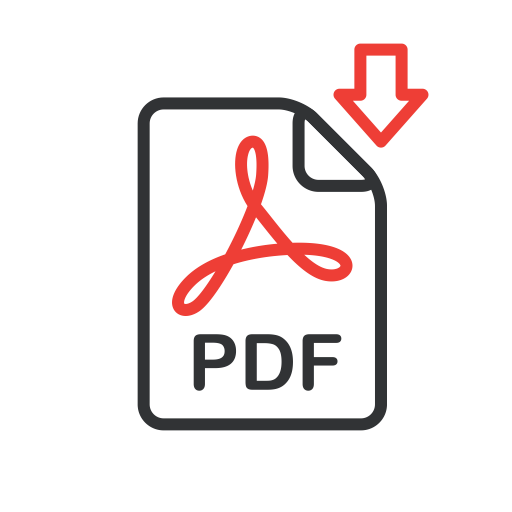
Peartree Farm
Join the Facebook Group if you live locally
Say ‘No’ to Intensive Poultry Unit in Lincolnshire!
South Holland’s planning committee must hear our voices before it’s too late. This industrial chicken unit risks harm to public health, wildlife, and rivers– all while causing 3.8 million bird deaths a year.
Peartree Hill Road, Whaplode Drove, Spalding, Lincolnshire, PE12 0SL
Resources
CAFF Comprehensive Objection Letter
Air Quality Expert Report
Sample Objection Template Letter with instructions on how to object
Are you a local resident looking to get more involved in this campaign? get in touch at info@caff.org.uk
Why it is important to make an objection:
A few years ago, Cranswick applied for planning permission to build one of Europe's largest factory farms in Methwold, Norfolk. This had 12,000 objections and 42,000 petition signatures.
Recently in March 2025, at the planning committee meeting, Kings Lynn council refused the application and it sent a shockwave through the industry.
It showed councils, corporations and the public that people are taking action because they don't want these factory farms and that these factory farms can be stopped.
The 12,000 objections caused the planning portal to crash and put pressure on the council to make the right decision. THE POWER OF OBJECTIONS!
Each factory farm planning application refusal isn't isolated, it creates public awareness and momentum. It strengthens our case that these factories pose serious risks to public health, the environment, local communities and animal welfare. It builds the pressure to change laws and shut down existing factory farms permanently. It shows that the public will not be silenced and neither will the truth.
When the public sees that factory farming is destroying people's health and daily lives, destroys the environment and causes suffering to animals, it shines a powerful light on the truth that this industry is not just cruel, it's a danger to us all.


